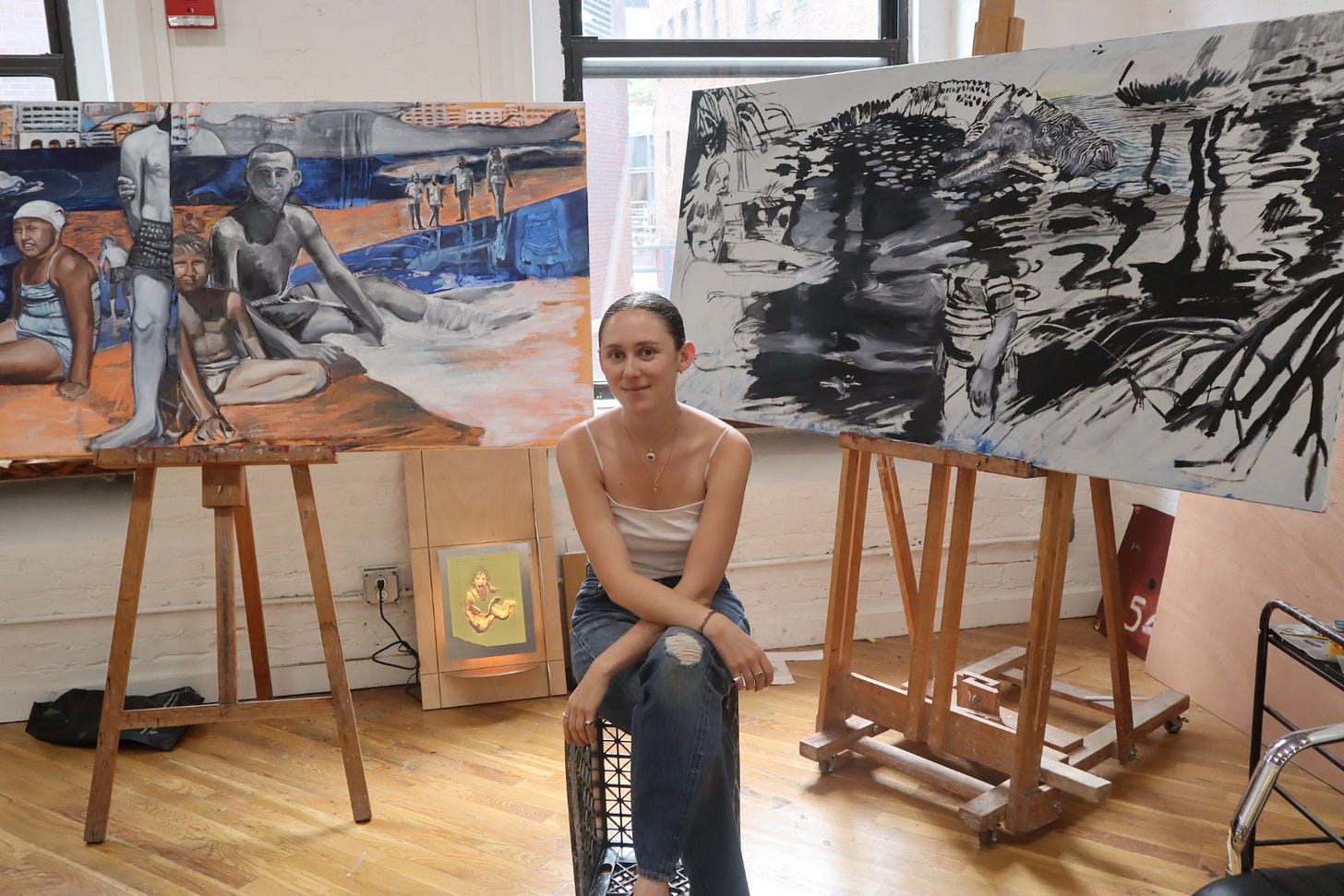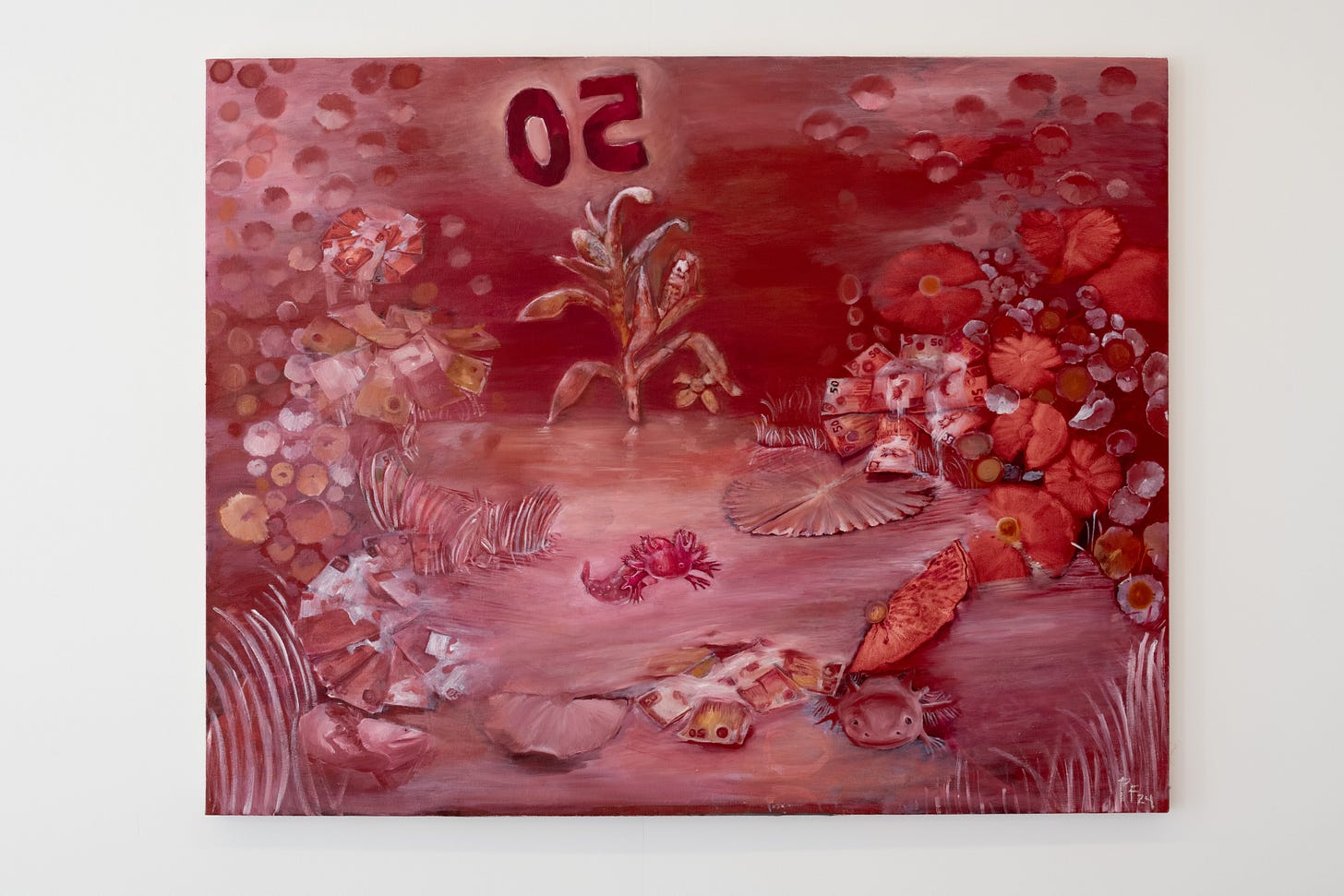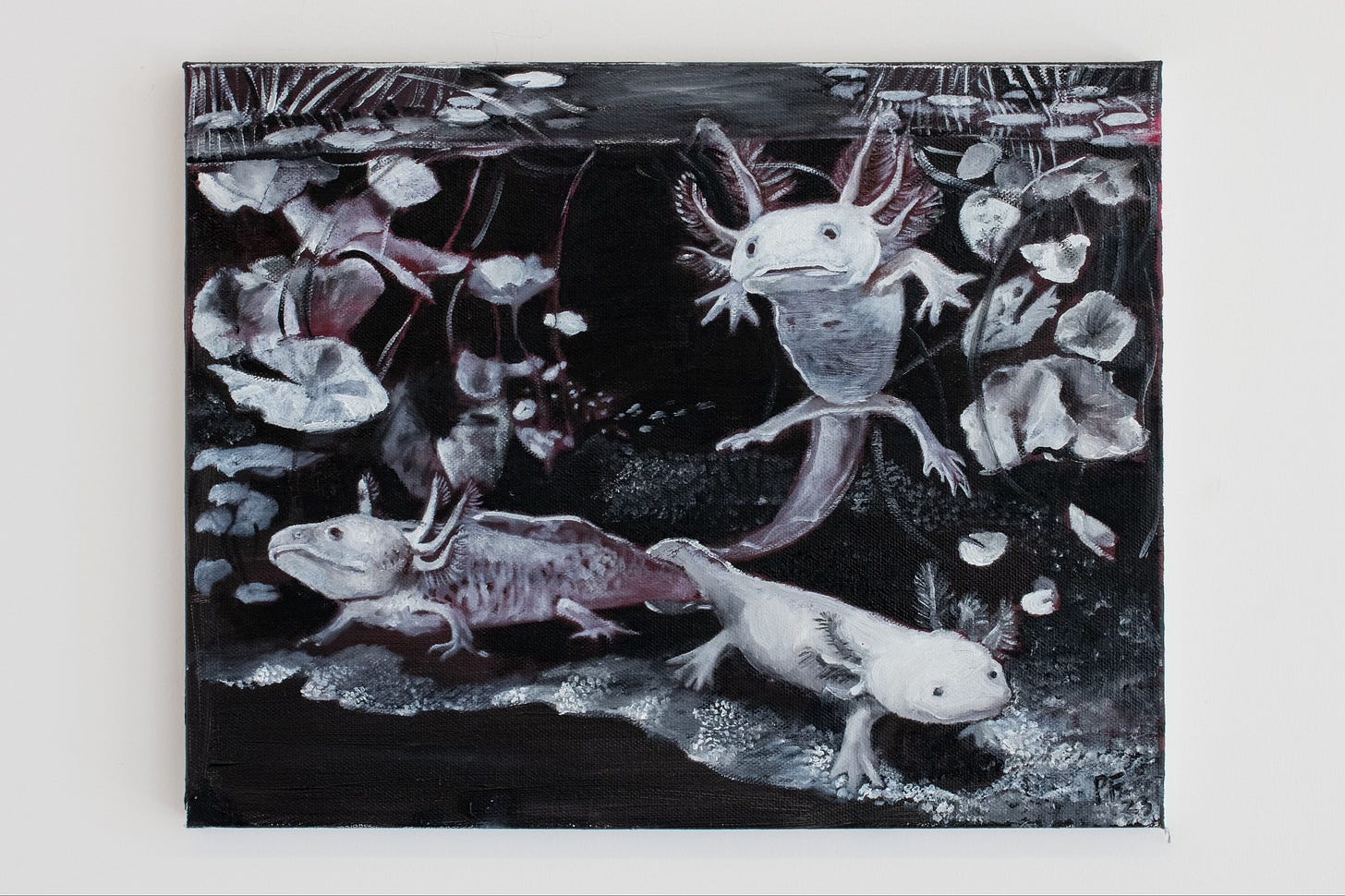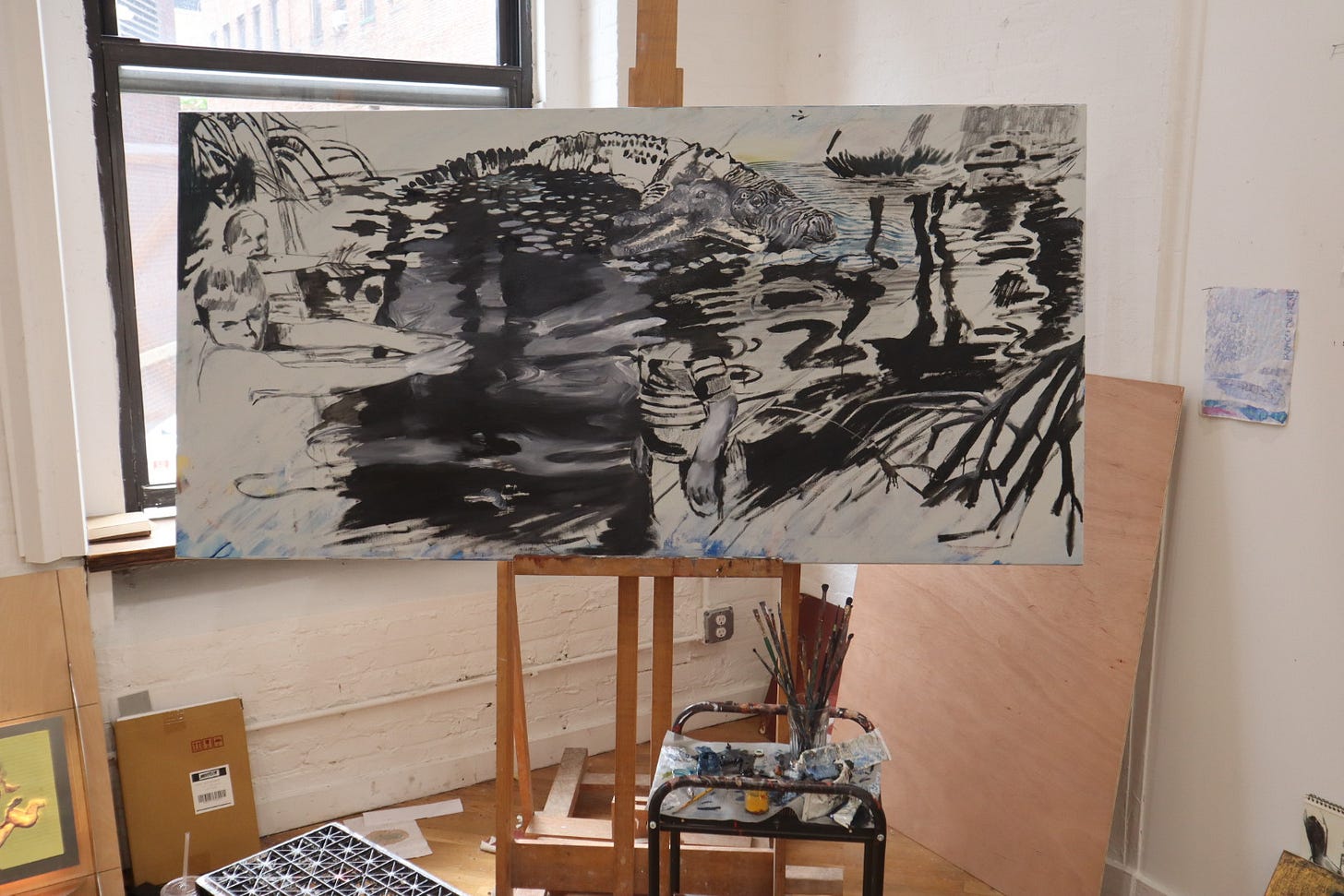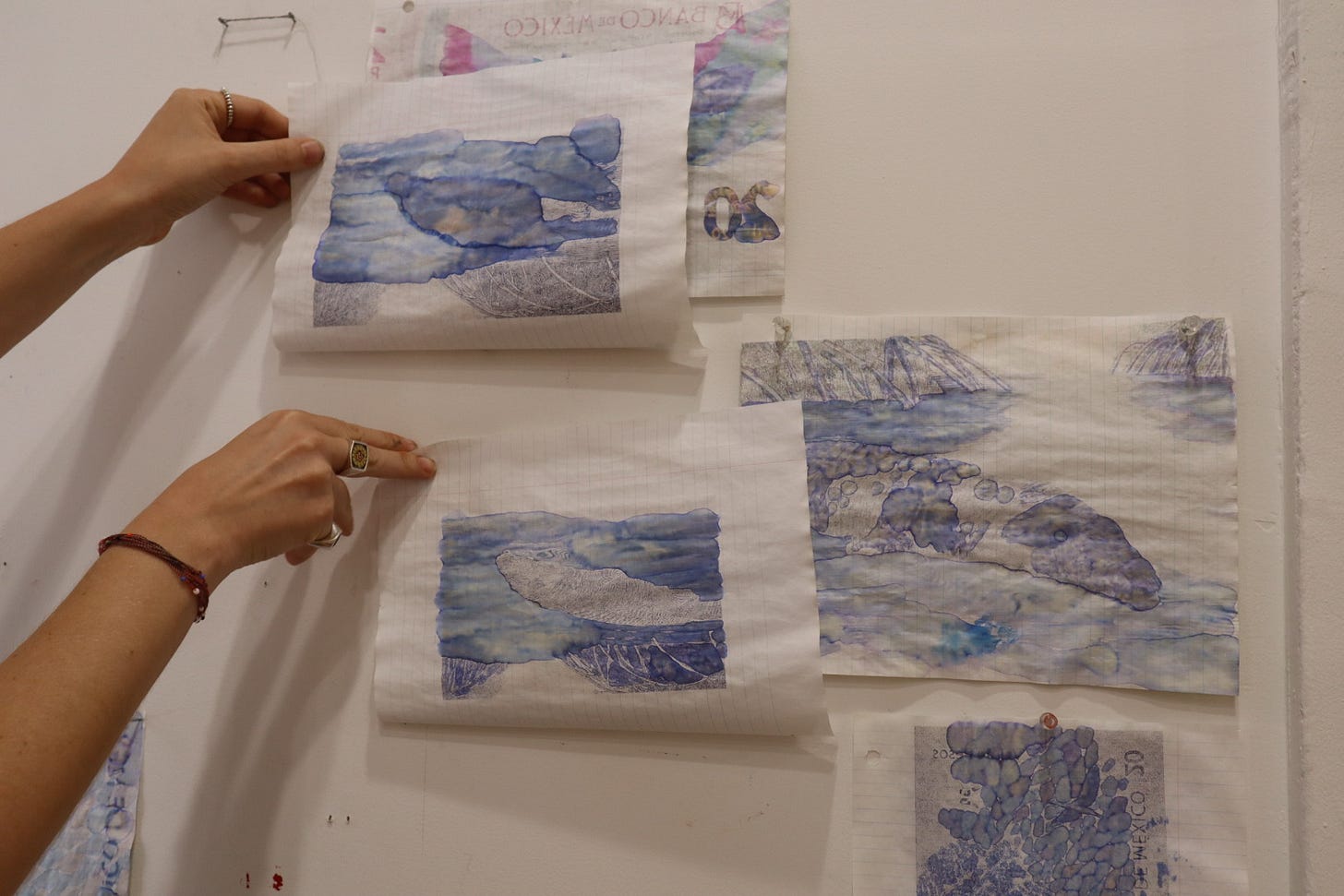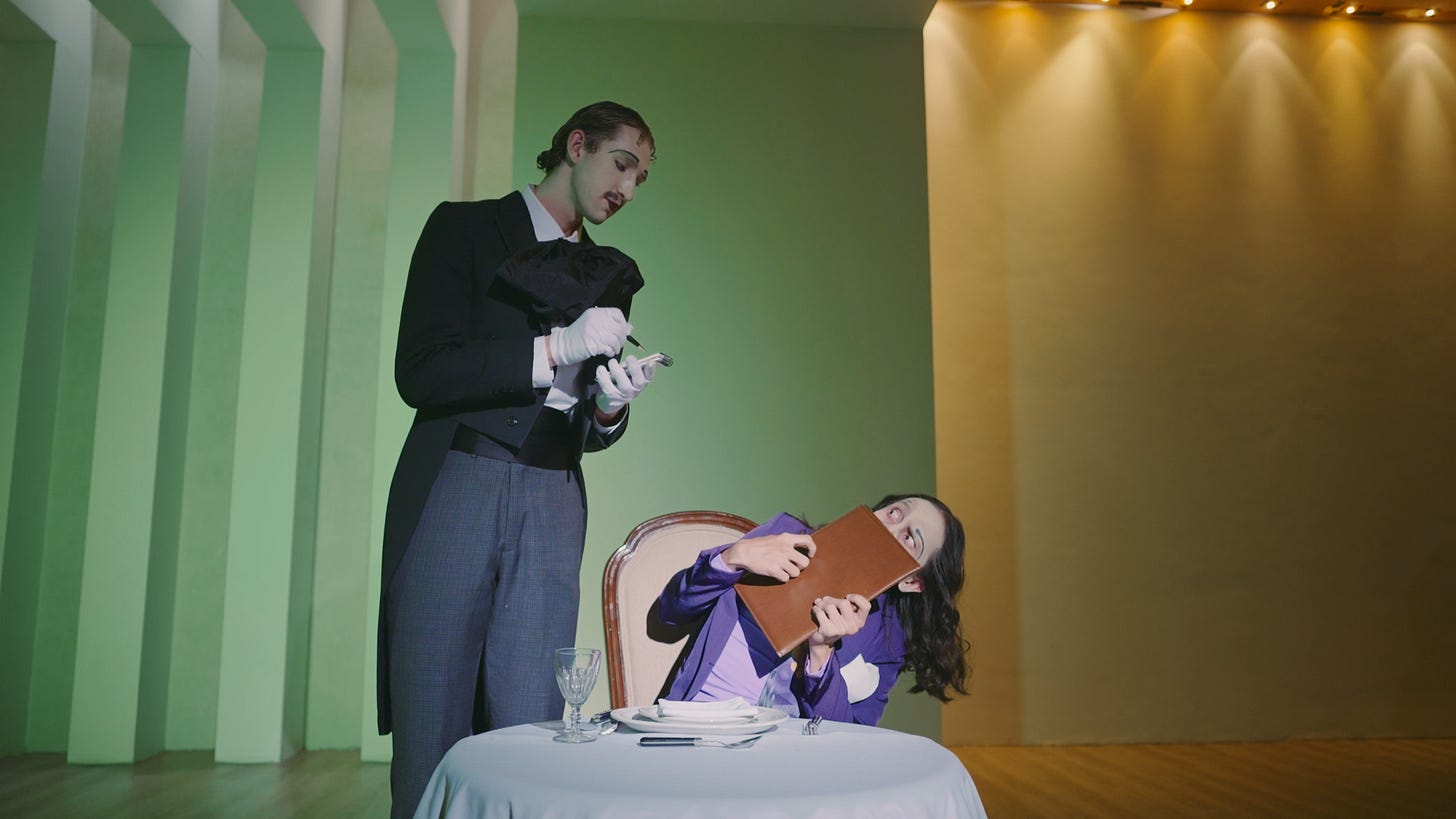SPACES: Paulina Freifeld Portnoy
We discuss her peso-inspired series, influences from Hockney to Fellini, approaching painting like a director, and her solo show thanking Mexico.
Paulina is a visual artist and film director based in New York City. Her paintings emerge from old family photographs which she superimposes onto the canvas. Paulina examines and pieces together her own lineage, recreating playful scenes depicting youthful, nostalgic joy. By telling stories with these distant characters, she unfolds the past while directing a new narrative.
Sunday Takeout: What are you working on right now?
Paulina Freifeld Portnoy: I am always working on a lot of things at once, but primarily I’m working on this series that has to do with pesos, the Mexican currency. Recently, the Mexican government and Bank of Mexico have altered the currency to illustrate different ecosystems in Mexico. It’s interesting that they are plastering this image of ecology and being conscious of what's going on environmentally in Mexico, while the city suffers from mass pollution.
I'm exploring mostly water in Mexico. I did so in the last series, which was of Xochimilco (50 peso). Some of them included my family, and some of them were just of the landscape. I begin in the 1950s in Mexico City when Xochimilco was still fairly intact ecologically and that being black and white and then moving towards color. That color symbolizing the idea of contamination and that being red.
ST: What is Xochimilco’s significance to Mexico?
PFP: Xochimilco is a borough south of Mexico City. It's one of the last remaining waterways that was created by the Aztecs. It was how Tenochtitlan, before it was Mexico City, used to function. People would get from point A to point B on trajineras (these boats you see). Chinampas, were artificial islands built on top of the lake for farming. After the conquest, most of the systems were covered in cement to replicate the model of a “modern city” but Xochimilco remained.
I was just in Mexico City and I went to Xochimilco, and I was talking to someone who lives there, and they were telling me about the ajolote, which is a salamander that's going extinct in Xochimilco now. It's a species that if it goes extinct, it doesn't affect anything in the environment. There are no consequences. Which made me think of me and my family in Mexico and what we are to the ecosystem of Mexico or the society. Being immigrants that fled Europe and what impact we had and have on the ecosystem.
ST: You’ve been incorporating family photos into your pieces throughout your work. What is your process like selecting them?
PFP: Yeah, absolutely. I'm obsessed. Whenever I go to my family's home anywhere, I’m like ‘Where are the albums?’. Most of the photos im attracted to are surrounded by water.
ST: Yeah I noticed a theme of water; pools, beaches, swim caps.. a lot of vacation-like settings. Where were these taken and when?
PFP: Water enables the abstraction of an image furthering reflection. A lot of these photographs are taken in the coast of Mexico, La Paz or Acapulco. They follow my grandmother growing up so they range from the 50’s-late 70’s.
It's these images of an integration into a society that is very different from where they come from. The subject matter is my family but it's also people that I have never met so it's also trying to understand them by painting them.
ST: And now you’ve moved onto the 20 peso series. Where are we?
PFP: Now I’m working on the 20 peso that includes the morelet's crocodile, which is native to the region. It takes place in the springs of Quintana Roo. The way these bills are made are beautiful, the illustrations and colors. It’s a shame that it's just a drawing and not an investment. The state of Quintana Roo is on the tip of the Yucatan Peninsula which is facing impending ecological deterioration with the development of the Mayan Train.
PFP: A lot of my work is just about my family and telling stories about them and recreating them. And in that there is a lot of personal history, I come from generations of immigrants. But here I am definitely entering something political. It’s not a fantasy or a memory anymore, it's a reality happening now. Having spent a couple months there recently, I was really struck by the pollution and how apocalyptic it felt. It’s really concerning what state we're getting to in terms of the environment.
PFP: I also made these ink transfers with different pesos which I’m trying to incorporate into the painting itself. I want to mimic their texture in the painting. The distortion that the ink creates when it's transferred to the other side of the page - I want to achieve that in painting. I want to do these light pieces with the ink transfers and show them all together.
ST: You also have a background in directing? I know you screened your last film in Paris, Mexico City and New York. Tell us about that.
PFP: I studied film at NYU and I’ve directed a couple movies. The most recent or now oldest one was directed in Mexico City called Gratuity Included. It’s an experimental film based on absurdist logic including surreal elements. It’s a story about losing oneself quite literally.
ST: When you are working on your paintings, do you feel like your film background comes out at all? Are you thinking of the canvas as a scene or that you're kind of directing with your hand?
PFP: Absolutely. I mean, when you were asking me about how I choose the pictures I use ..it's kind of like casting, you know, I'm using these characters that I'm seeing in photos, those are my actors. During COVID I was watching a lot of Italian movies; Fellini, Antonioni, Pasolini.. the composition of their cinematography really influenced me. My paintings started becoming like scenes in movies you know?
PFP: And there’s this movement to it as well. Especially collage work that I do in paintings. There’s points in paintings where things feel like they’re a couple of seconds apart like in video. Capturing movement in painting is really cinematic as well and something I try and do. Studying film made me a better painter in that movement I’m trying to get to but also in storytelling and narrative, it pushed me to be creating landscapes and tell stories.
ST: What got you into painting? What are some of your earliest memories with art?
PFP: I fell in love with David Hockney at 16, pools, this freshness and joy, capturing that and those moments on a canvas was really interesting to me. Then I came to New York and got really into film and then realized how much film and painting were the same and just have been trying to combine them ever since.
ST: You mentioned your family immigrated to Mexico. What is their background?
PFP: My family is mostly from Ukraine, Kiev. Some of them went to Lithuania and Poland, France, Belgium..eventually in the late 30s when things got really bad they had to flee and tried to get into the States and couldn't so they went to Veracruz. They started working in factories and moved to Puebla and then Mexico City for more opportunities. And then I immigrated to the States in 2008. When people ask me where I’m from it’s difficult to answer.
It's like speaking Spanish with a Yiddish accent, you know what I mean? And it’s even the food that you're eating at home. You wake up and you have chilaquiles but for dinner, you're going to have borscht. It’s really strange I don't know, we're like mutants or something.
ST: Can you tell us about first solo show, Extranjeros, which was shown in Mexico City?
PFP: It was about what we're speaking about now. It was pictures I had of fresh, first generation Mexicans coming from Europe. Jewish immigrants interacting with Mexico City, Acapulco, La Paz, Cuernavaca beaches and environments that were new. Mexico was so, so good to my family. And so it's also an ode to that. The country was, with open arms, you know, it embraced extranjeros, it embraced immigrants. And so my first solo show was there and it was thanking Mexico in this way.
ST: Do you have any dream spaces you would like to present your work in?
PFP: I think with this next series, I want a dark gallery and showing these light boxes. I want it to be cave-like.
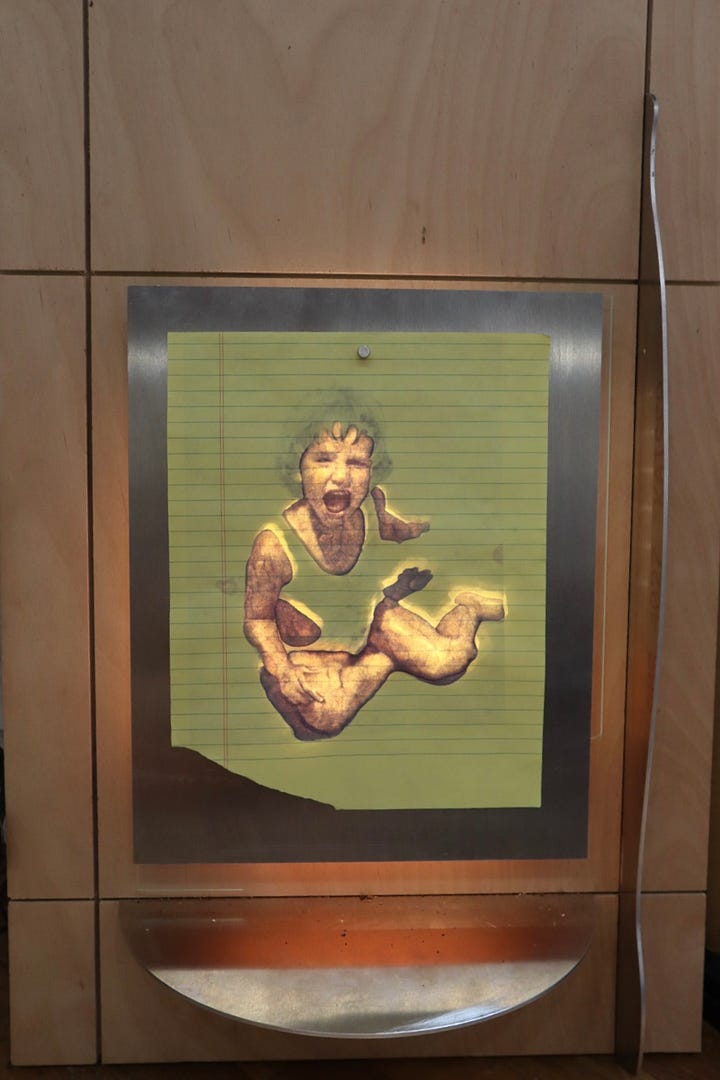
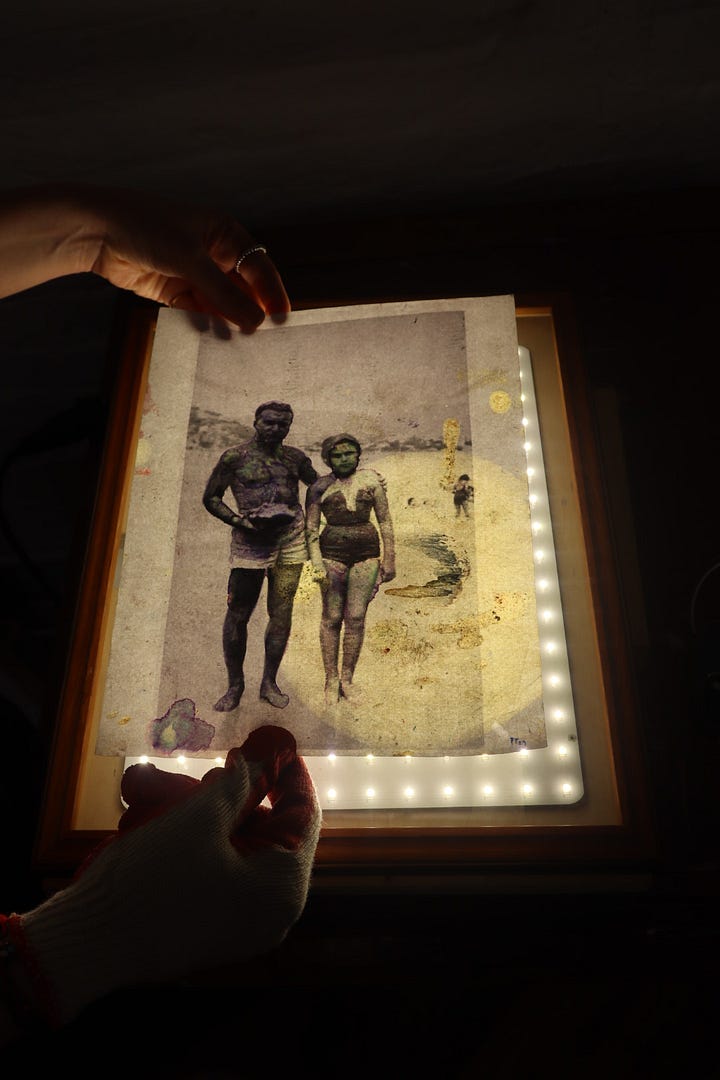
ST: What are you looking forward to most this year?
PFP: Honestly, producing a lot of work and being satisfied with it. I rarely am. I never feel like im doing enough. And i’m looking forward to feeling like I am. Finishing work, finishing things I need to finish. Enjoying the pay off of hard work.
Follow along and see more of Paulina’s work at @paulinafreifeld or paulinafreifeld.com




